Younger generation turns to 'light medical aesthetics', less invasive treatments
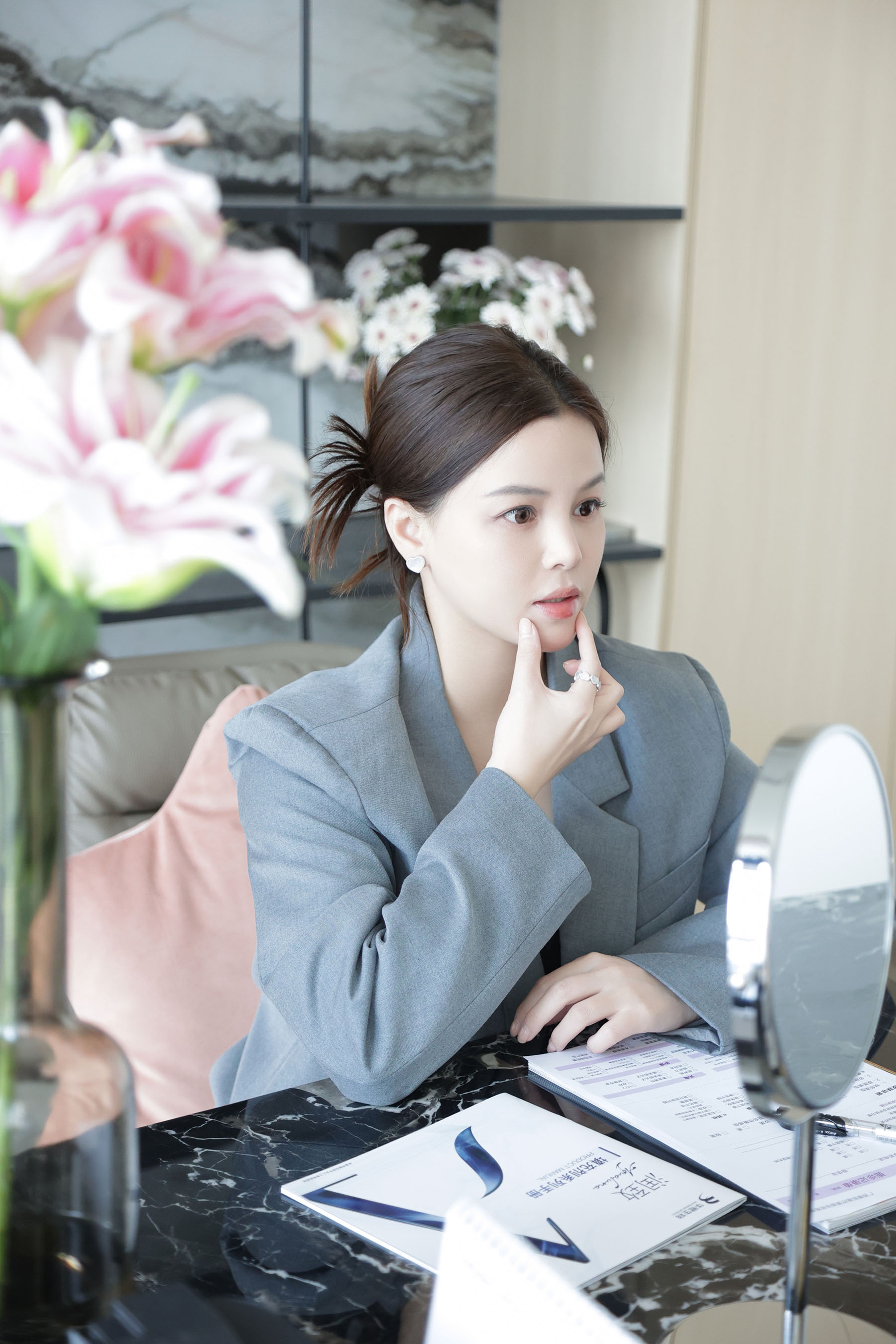
Like a growing number of young Chinese women, 31-year-old Zhu Yanzi has sought subtle and "natural-looking" improvements in her appearance over the years. But in her twenties, her quest got off to a clumsy start.
"I had double-eyelid surgery, hyaluronic acid fillers, even tried thread-lifting to make my face look more defined, but all those changes were obvious — a bit too obvious," said Zhu, a product designer in Beijing.
By the time she turned 28, Zhu began reassessing what she truly wanted. Rather than dramatic alterations, she became drawn to a more subtle, maintenance-based approach — what's now widely known as "light medical aesthetics".
"I actually started getting regular facial spa treatments around the age of 25. But after 28, I gradually replaced those with more effective options — things that really deliver results, like lasers or injectables," said Zhu, whose beauty focus these days is on skin texture, tone and overall vitality.
She also gets water-light injections, laser facials, and the occasional Botox injection for her jawline. For her, it's more like "skincare-plus" — a way to manage how she ages, not to change how she looks.
READ MORE: Medical aesthetics market reaches breakout point
On average, Zhu spends about 1,000 yuan ($139) to 3,000 yuan ($417) per treatment, going every two to three months depending on her schedule.
"I don't see it as a luxury anymore — it's part of my self-care routine, just like going to the gym or getting a massage," said Zhu.
Her shift in mindset reflects a broader trend among younger Chinese consumers, especially urban women in their late twenties to forties, who increasingly view aesthetic treatments as a form of long-term wellness rather than a means to a dramatic makeover.
"People used to say, 'If I'm spending this much money, I want people to notice'. Now, we want the opposite — to look fresher, more awake, but in a way, no one can quite put their finger on," said Zhu.
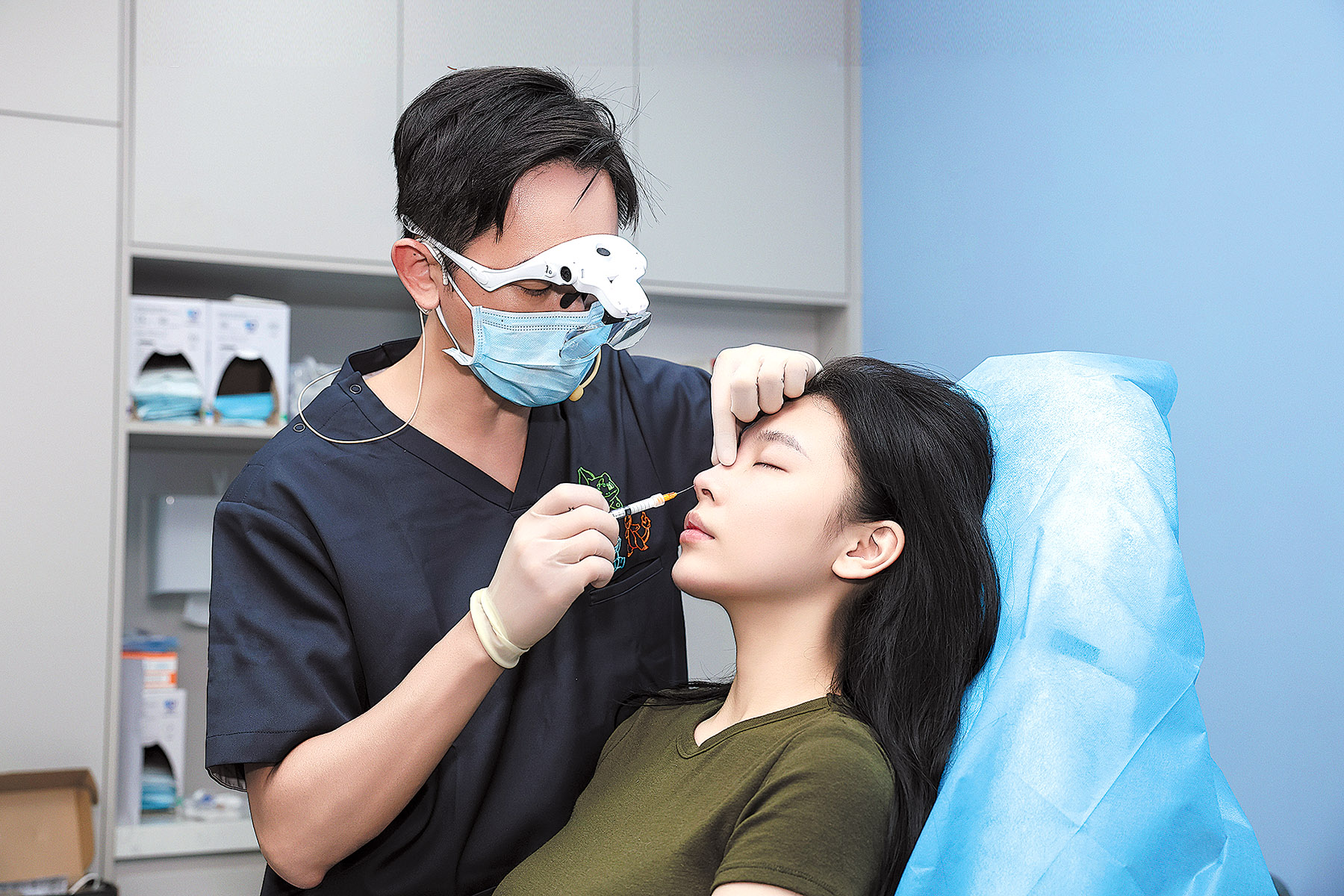
A better 'me'
In 2022, nonsurgical procedures accounted for 55.7 percent of global aesthetic treatments, surpassing surgical procedures, International Society of Aesthetic Plastic Surgery data showed.
In China, nonsurgical treatments made up 52 percent of total aesthetic medical revenue, while surgical procedures accounted for 48 percent, the data showed, reflecting a growing consumer preference for gentle rejuvenation methods such as injectables and laser-based treatments, including Thermage and Ultherapy.
"Ten years ago, most patients came in for surgical face-lifts, and they were generally older," said Su Weijie, associate chief physician in the department of plastic and reconstructive surgery at Shanghai Ninth People's Hospital. "Now, more people in their 20s and 30s are opting for micro-invasive treatments to prevent signs of aging early on."
Over half of light medical aesthetics consumers report prioritizing personal needs when selecting treatments, according to data from the Qianzhan Industry Research Institute. The number of procedures selected per person also continues to rise. In the future, the average planned number of projects per consumer is projected to reach 2.4 in their lifetime, according to the institute data.
"In the past, visible change was often the goal — thinner, more lifted, more obvious. Today, the emphasis is on 'refined and natural'. People want to look like a better version of themselves — not different," Su said.
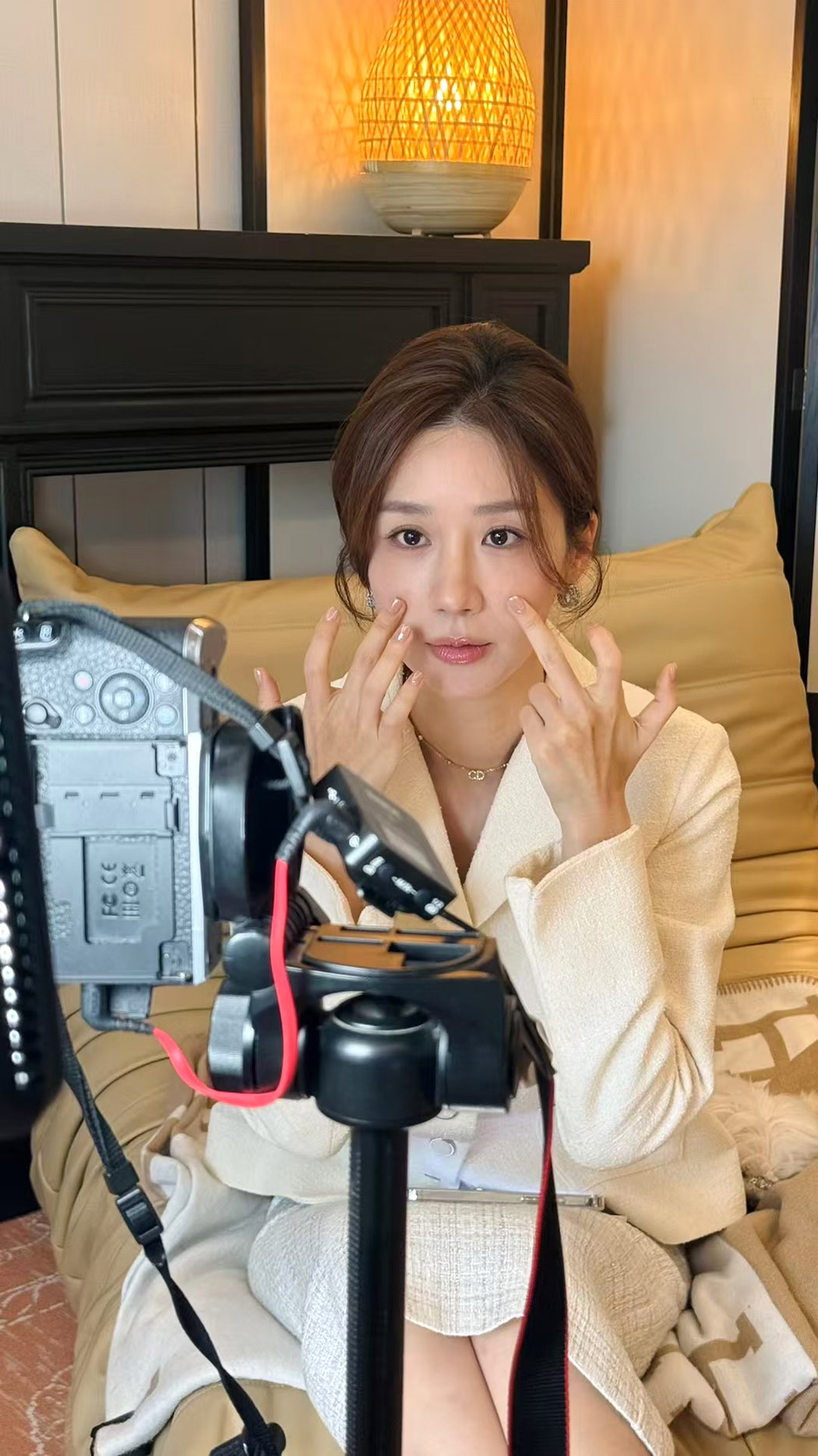
Popular treatments include injectable procedures and laser procedures for skin tightening and tone. While the total number of patients hasn't changed dramatically, the demand for early, subtle interventions has risen.
However, Su noted the growing trend of standardized, high-volume aesthetic services and the presence of treatment providers with varying levels of training.
"In public hospitals, doctors are required to adhere to rigorous protocols and ethical standards," she explained.
"Also, there are clear guidelines on how we communicate, the treatments we can offer, and the platforms we use. I believe that with more consistent standards across the industry, we can ensure better outcomes and clearer information for the public," she said.
From 2015 to 2020, China's medical aesthetics industry grew from 63.7 billion yuan to 154.9 billion yuan, with projections that it will exceed 350 billion yuan by 2025, according to the Annual Research and Consultation Report of Panorama survey and Investment strategy on China Industry published by industry research company ChinaIRN in 2023.
Consumers aged 20 to 55 now dominate demand, compared to the previous focus on those aged 35 to 45, the report found.
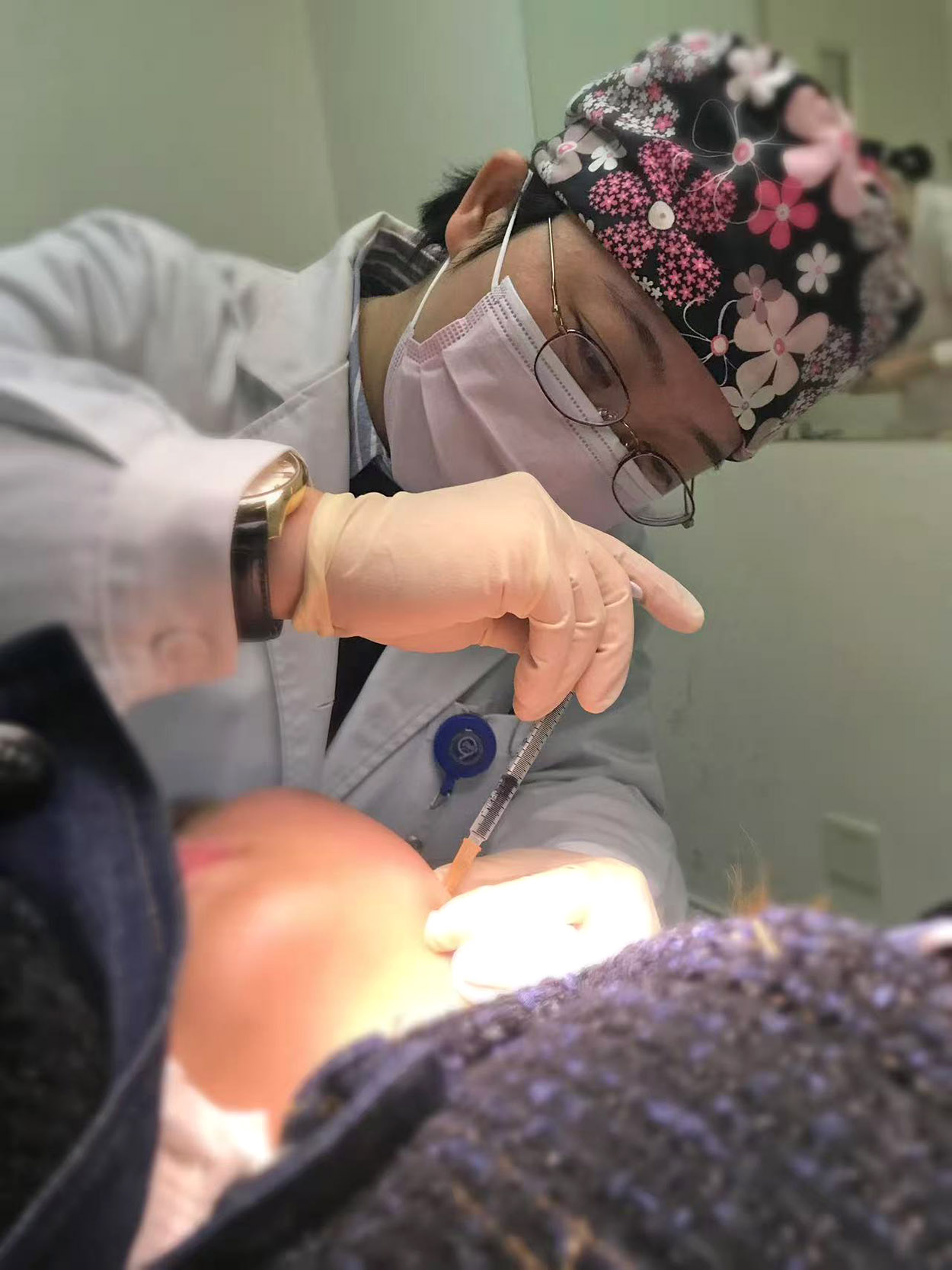
Massaging the message
In May 2024, the number of beauty-related content pieces published across six major content platforms reached 1.2 million, representing a 24.8 percent year-on-year increase, according to data from market consultancy QuestMobile.
Broader "beauty-related consumption", which includes appearance-focused, decorative, emotionally uplifting, and aesthetically driven purchases, reached 3.07 trillion yuan in 2023 and is projected to grow to 3.21 trillion yuan in 2024, said QuestMobile.
Shi Jue, 40, from Hangzhou, Zhejiang province, has 10 years' experience in the medical aesthetics industry and previously founded two skin clinics. With her medical background, she now creates content to bridge the gap between expertise and everyday skincare concerns.
"I saw too many people misled by vague or incorrect information. I wanted to use my platform to promote accurate knowledge and help people make informed, rational choices about their appearance," she said.
Shi was first introduced to the field while working in South Korea, where dermatology and noninvasive aesthetics are more deeply integrated into everyday skincare routines.
"Anti-aging is not about chasing the latest devices or trendy injectables. It's about understanding the skin's structure and identifying the right treatments for each stage of change," said Shi.
While stressing no single approach works on its own, Shi recommends IPL(intense pulsed light) treatment as a "universal fit" for various ages and skin types. For more advanced aging concerns, individual assessment is important.
"Ultrasound-based lifting like Ultherapy works best for fuller faces with sagging, while radio-frequency-based options like Thermage are more suitable for thinner, collagen-deficient skin," said Shi.
Despite the rise in public awareness, Shi remains concerned about what she describes as "trend-driven consumption".While today's consumers are no longer uninformed, many still make choices based on social media buzz rather than personal needs, she said.
Su from Shanghai Ninth People's Hospital hopes that future regulations will better prioritize protecting patients and supporting licensed medical practitioners, both by ensuring licensed medical personnel adhere to safe, standardized practices and protecting patients' privacy from unauthorized disclosure.
She said public hospitals like Shanghai Ninth People's Hospital offer a balance of safety, credibility, and skilled professionals. "I don't oppose private clinics. Each has its role. What matters most is ensuring patients receive professional, responsible care," said Su.
In a climate of rising "appearance anxiety", Su believes a healthy future for the industry lies in transparency, education, and stronger institutional support.
"Don't be afraid but be smart. Choose a qualified doctor in a reputable institution. Think of it as maintaining your best state, not chasing perfection. Let professionals do what they're trained for. That's how we protect both people and the profession," said Su.
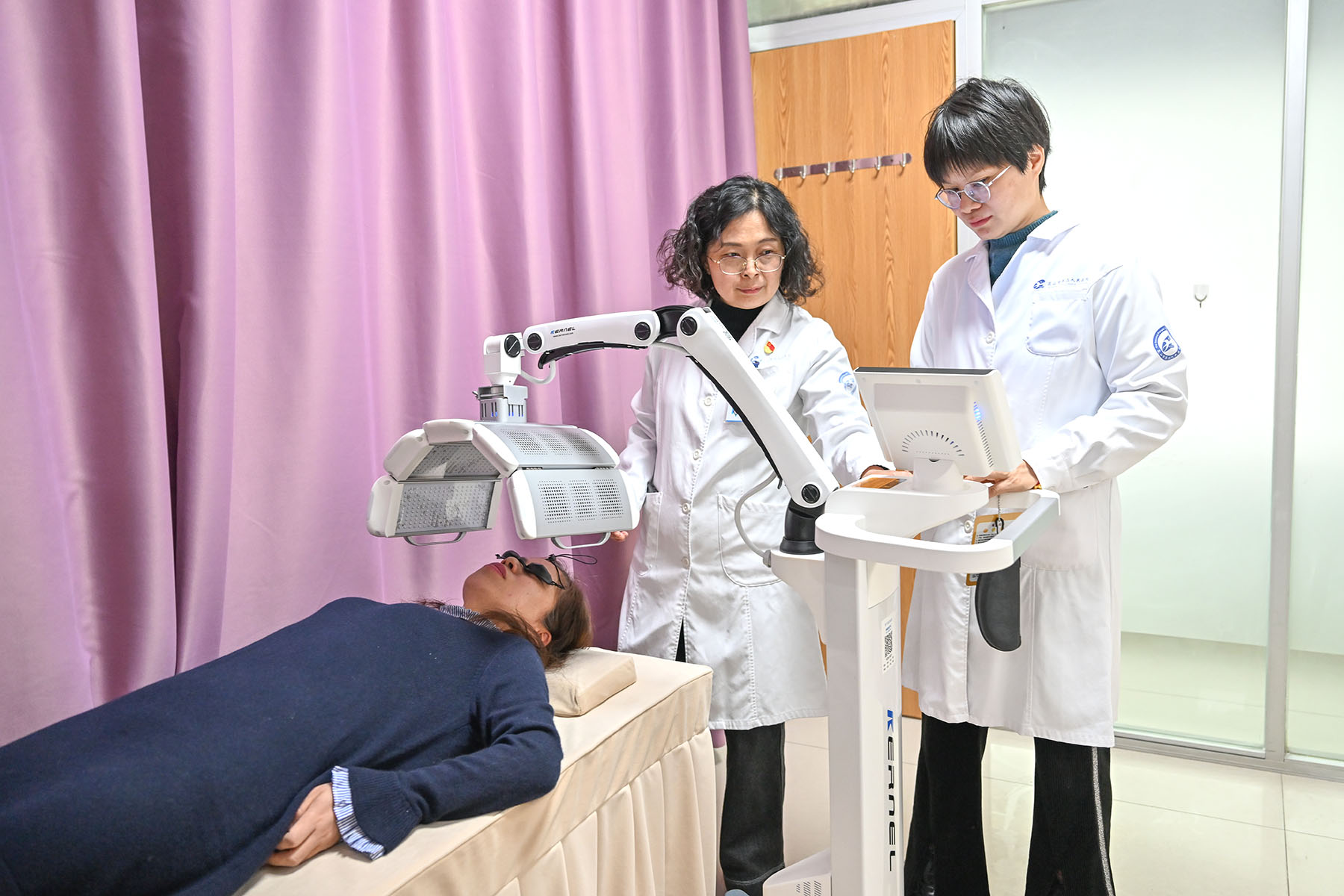
Natural appeal
Peng Yun — principal of LC Medical Spa and a consultant at Yuansong Medical Aesthetics — has witnessed the transformation of the beauty industry.
With over 5,000 members at LC alone, she has seen the focus shift from customers wanting dramatic change in their appearance to long-term management.
"In the past, people came in asking how to become more beautiful. Now, the conversation is about staying youthful, keeping good skin, and aging slowly — but naturally," said Peng.
Younger clients of LC seek subtle enhancements to lips, while those aged over 35 often pursue full-face rejuvenation through layered micro interventions. "They want refined results — nothing overdone. Our job is to bring harmony, not to erase character," said Peng.
While celebrities and influencers have quietly passed through Yuansong's doors, Peng insists their presence is not the focus. "They come not for visibility but for expertise. Our growth comes from word-of-mouth and trust in the aesthetic," said Peng.
She sees the future of medical aesthetics being closely tied to preventive wellness and anti-aging medicine. "This isn't just about looks anymore. It's about long-term health, confidence, and sustainable care for yourself," said Peng.
Wang Tso-hsuan, CEO of Taiwan Nice Clinique, said clients today favor subtle beauty enhancements.
"Consumers today are more informed and nuanced than they were a decade ago, as they're not just chasing dramatic changes. Many now want treatments that are barely noticeable — but that make them feel refreshed, more refined," said Wang, a veteran practitioner with 20 years in the field.
This shift is reflected in both procedure preferences and the motivation of consumers.
Regenerative injectables, which stimulate collagen production rather than simply fill space, have become go-to choices for those seeking long-term anti-aging benefits. Thermage and Ultherapy — which offer skin tightening with minimal downtime — continue to dominate the laser treatment category.
The real turning point in the industry was around 2020, when regulatory approvals in China opened the door for a new generation of aesthetic materials, Wang said.
"We went from a market dominated by Botox and hyaluronic acid to one where there are now dozens of regenerative options. That diversity has fundamentally changed how clinics operate and how consumers choose," said Wang.
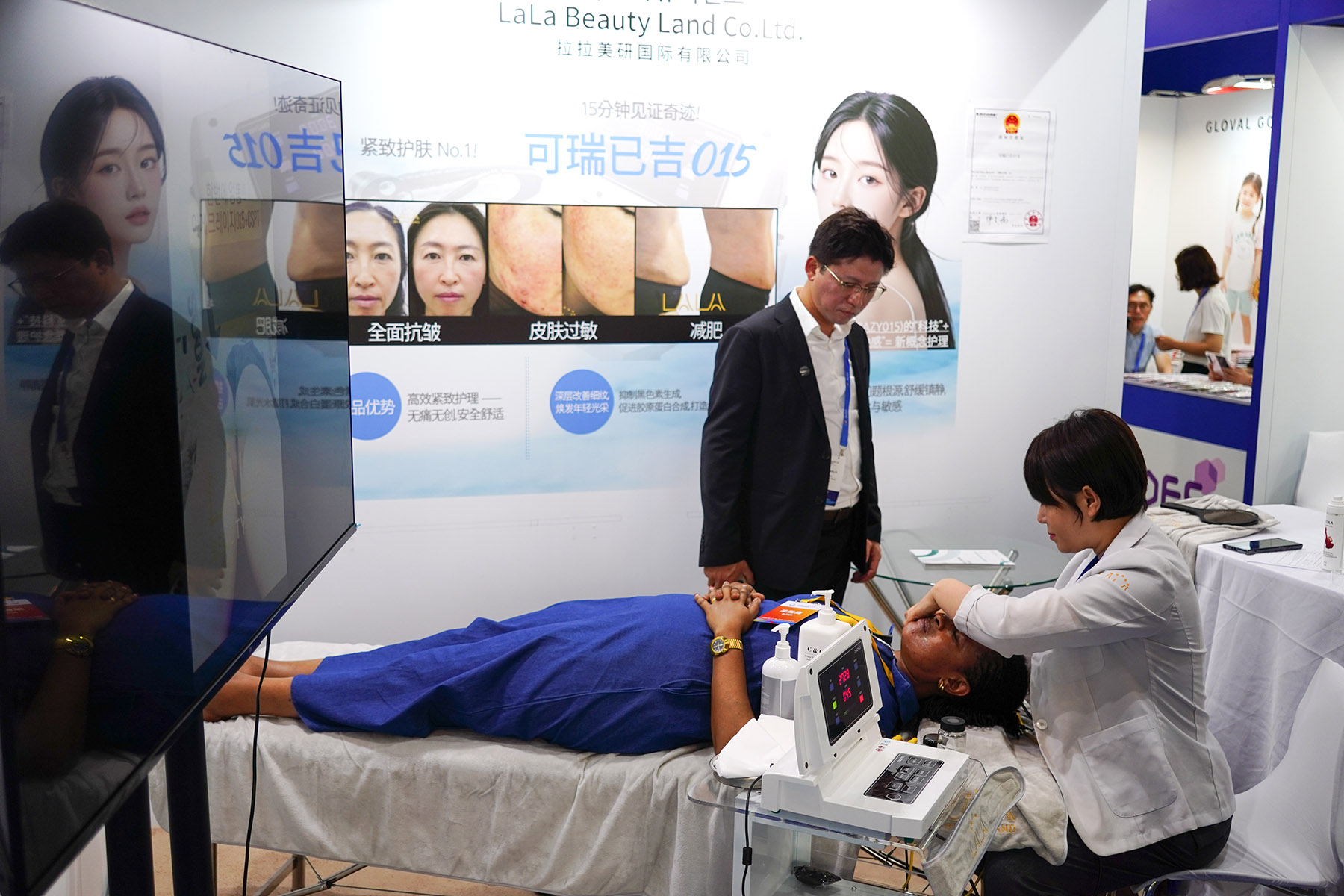
Maturing sector
Beauty industry demand has surged beyond the core customer base of urban, middle-class women. Consumers in Tier-3 and Tier-4 cities are catching up — though their aesthetic preferences sometimes reflect earlier trends, Wang said.
Meanwhile, male clients and younger Gen Z consumers are reshaping the conversation, often pursuing aesthetic tweaks that maintain "naturalness" rather than emphasize transformation.
"Ten years ago, people wanted to spend money and make sure others noticed. Today, a growing number of clients want to look better — without anyone knowing why as they see treatments as a filter, like a soft-focus lens in real life," said Wang.
The rise of social media-driven knowledge — through lifestyle platform Xiaohongshu, or RedNote, and popular shortvideo platform Douyin — has had a double-edged impact. While some patients arrive well-informed, others fall victim to overhyped trends or misleading advice.
"As consumers become more research-driven and discerning, professionals are adapting to meet higher expectations. It's forced doctors to become better communicators and educators — not just technicians," said Wang.
Still, challenges remain. While the devices and materials available to doctors have improved dramatically, technical expertise hasn't always kept pace — especially as new practitioners flood the market in recent years.
"Aesthetic medicine looks easy from the outside, but it takes years to develop the kind of clinical judgment needed to personalize treatments effectively," said Wang.
ALSO READ: Crackdown on illicit Botox courses widens
In the future, Wang sees a clear trajectory toward customized, multi-modal treatment plans, rather than stand-alone procedures. The future of aesthetic care will likely combine injection therapy, energy devices, and even surgical options in integrated protocols tailored to each patient's goals and biology.
"The future of aesthetics isn't about brand names or trendy machines. It's about how well a doctor understands the client and brings out their natural strengths. Everyone has something unique — our job is to find it and make it shine," said Wang.
Meanwhile, AI-powered tools — from skin analysis to remote diagnostics — are already changing the consultation process. For experienced doctors, these are helpful tools; for newcomers, they represent both a learning curve and a competitive threat.
"As the industry matures, the bar is getting higher. Consumers are not just looking for results — they're looking for expertise, transparency, and trust. Clinics that deliver all three will define the next era of growth," said Wang.
Contact the writer at sunnyu923@163.com


